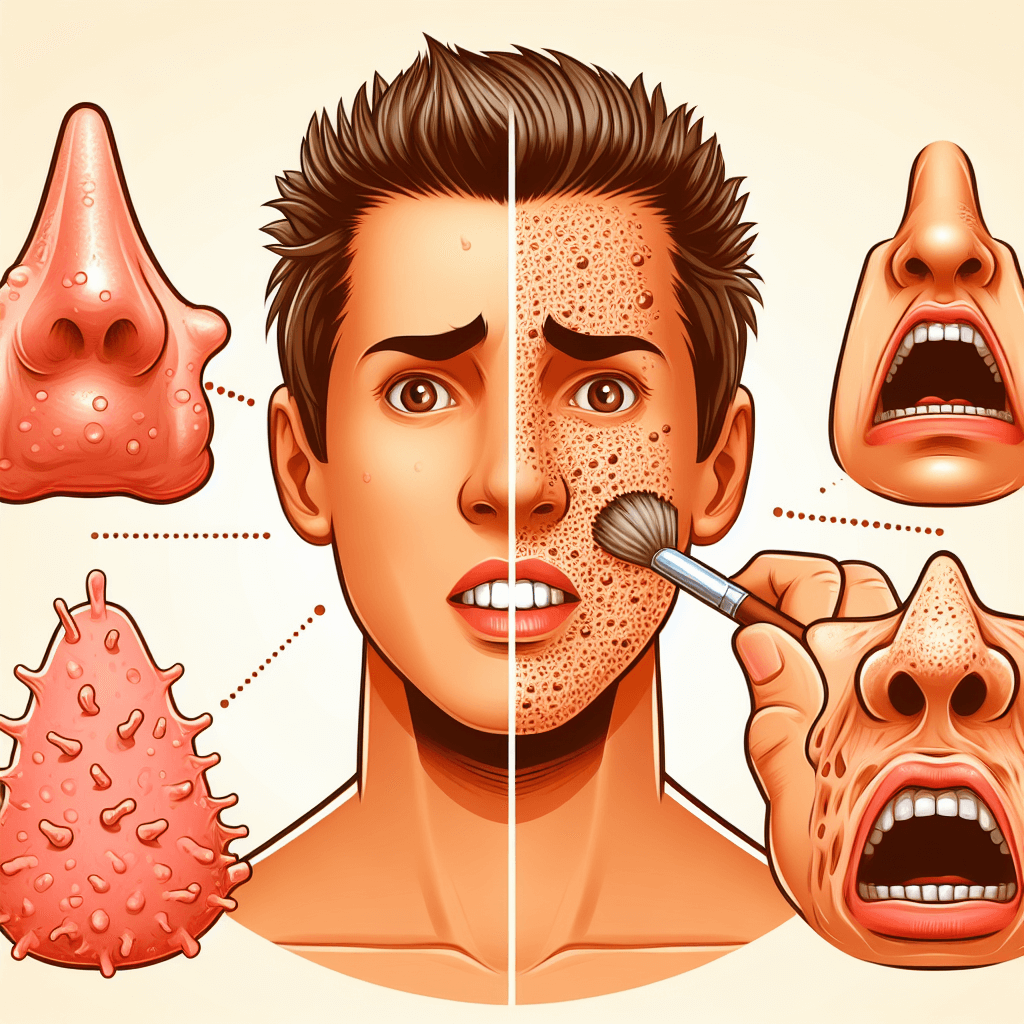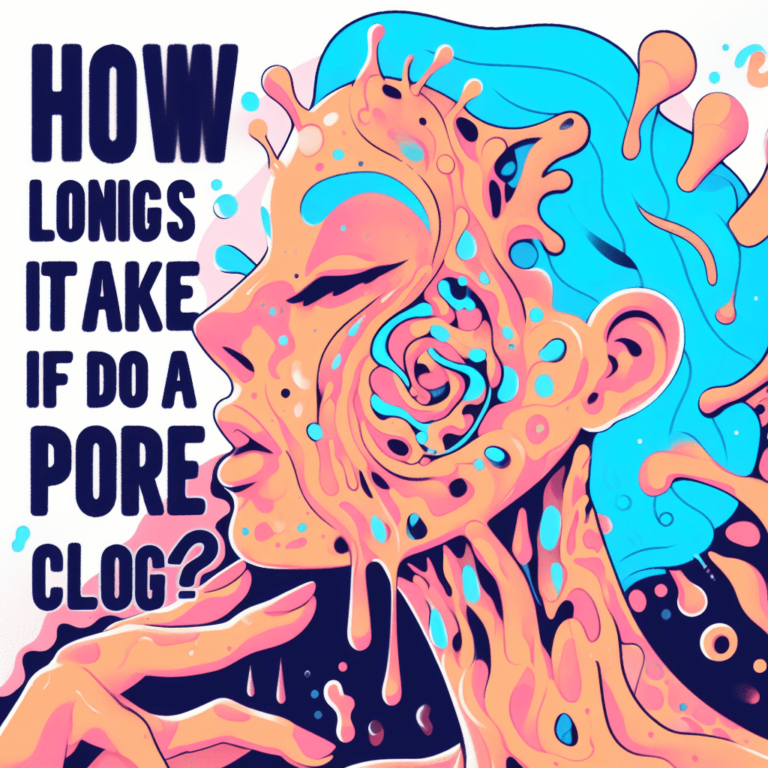Clogged Pores vs. Blackheads
Clogged pores and blackheads are common skin concerns often mistaken for each other. Let’s explore the distinct characteristics that differentiate these two skin issues.

Blackheads and clogged pores are two common skin problems that people often confuse. We’ll explore what distinguishes these two skin problems.
1. Clogged Pore
Defined: Congestion is caused by clogged pores when skin cells, oil, or other debris block the opening of the hair follicle.
Different Types of Blockages
- Blackheads: The pores are partly blocked, and they appear dark due to oxidation.
- Closed comedones: The pores are blocked completely, and appear as tiny bumps of flesh color.
Appearance Whiteheads are closed bumps that have a white or fleshy surface. Blackheads look like open pores, with darker tips.
2. Blackhead
Defined: Blackheads are open comedones characterized by partially blocked pores by oil and debris, giving them a darker appearance.
Causes Blackheads are dark because of the oxidation (oxidation) of melanin, a pigment in the skin.
Appearance A blackhead is a blackhead with open pores and a grayish or darkened appearance on the surface.
Factors that Distinguish
- Blockage Type: Blackheads are a type of partially blocked pore with a darker surface.
- Appearance on the Surface: The darkened tips of blackheads due to oxidation are what distinguishes them from comedones that have closed.
Treatment Method
- Clogged Skin: A regular exfoliation and thorough cleaning can be used to manage clogged skin.
- Blackheads Treatments like salicylic or retinoids that target specific areas can help unclog pores and prevent blackheads. Use Pore-Clogging Checker to check the ingredients of products before you buy them.
Final thoughts
It is important to understand the difference between blackheads and clogged pores to adopt appropriate skincare regimens. Blackheads are a specific type of blockage, while clogged skin can refer to a variety of different types.






